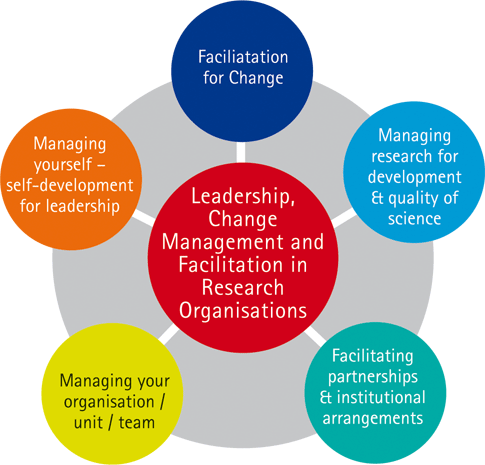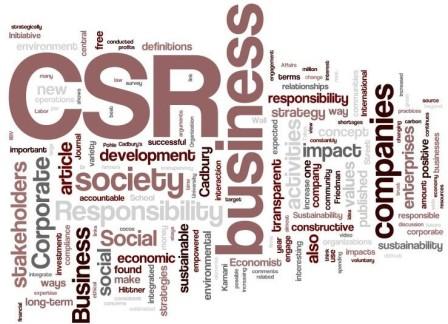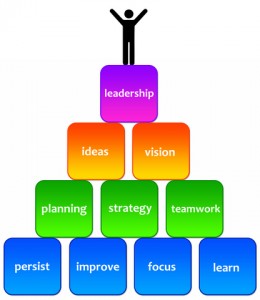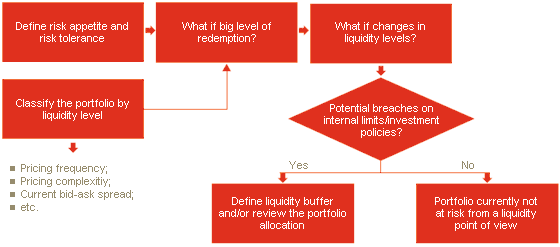Change Management at British Airways
Change Management British Airways – In liquid times (Bauman, 2007), the market is characterized by growing complexity and the capacity to innovate is essential to survival of the firms, as there are more competition. In this context, the traditional factors of production become obsolete fast, and the human resources emerges as the flexible factor that gives dynamism to the firms, been more than a strategic asset , but the competitive advantage (Barney and Wright, 1997) , as it can responds quickly to these changes.
As an important factor of production, human resources must be applied efficiently under the framework of business administration theories and practice, as a controlled and guided process within the firm, known as human resources management.
In the 1970s, the economics structure was being transformed towards the transactions, due the development of the Euro Market and the entering of Oil Dollars. The increase in those financial operations and the development of the Lean Management by Toyota enabled the multiplication of financial services, making the financial markets grow more than the GDP through lending (Schiller, 2008). This led to the abandonment of the Bretton Woods and the oil crisis, disrupting the market. At same time, the developed world faced stagflation and the Keynesian policies were de-legitimized towards the neo-liberal ones (Krugman, 2009).
The British Airways, a State owned firm back then, was hit hard by the oil crisis which increased its operational costs. Notwithstanding, the recession lived by the United Kingdom were paired with a rigid management system, making the firm lose market share and revenue. A cultural shift was proposed in the 1980s, transforming the company, which became the world leader of the aviation market in just one decade and a paradigm both of the cultural change and the change management of strategies. For that reason, it was the elected case to present the present Report, where it will be analyzed the cultural change, the management of change strategy and the consequently performance of the firm.
British Airways Human Resources in Practice: towards the flexibility of Human Resources Management through the cultural shift
In 1983 British Airlines was losing almost 140 millions per year and the saying of the time defined it as “Bloody Awful” . Few years earlier, in 1980, a survey conducted by the International Passenger Association put the BA as the wort airliner carrier. The culture of the company was internally driven, as demonstrated by one of its seniors managers which said in 1984 that they could run a good airliner if it werent for the passengers. The uncertain environment was completed with the privatization which would be carried during the 1980s (Carleton and Lindenberry. 2004).
In this unstable environment, a new CEO assumed in 1983, aiming to recover the company. Its most relevant decision was the transformation of the culture of the BA, which would not be in the “transportation business” but in the customer services market, re-orienting it towards the external driven framework. This change management would allow to focus in the client and provide a quick response to the markets needs, as the customer became the center of the management policies. Although, the company faced the challenge to re-adapt the thinking of 50,000 employees towards this new values, changing their concepts about the BA, their jobs and objectives, essential to align the operational aspect of the HRM (group) to the intangible (culture), keeping the organizational processes coherent ( Schein, 2013).
The change of culture at British Airways aimed to transform the organization towards the customer, with costs and benefits approach, from a profit perspective. The leadership role was relevant, as the CEO was present in all operational processes, from the flying crew to the sessions of the program Managing People First (Turnbull et al, 2001), though, the most relevant changes in the culture, in the period from 1983 to 1995, were, the following:
- Putting People First (1983) –It was aligned to the culture change towards the externally driven company, consisting in the mandatory of attendance to all staff members of the BA worldwide. The CEO, Colin Marshall, was present in more than 9 in 10 of those events, aiming to describe his vision of the new company structure to the staff.
- A Day In The Life (1984) – BA had a rigid management style, where hierarchy was one of the core values. The Day in the Life program was a one day training which were mandatory to all the staff worldwide, aiming to improve the communications among the sectors, by familiarizing the staff with other departments. The objective was to create empathy towards the others employees and customers in general, by the accountability of the staff.
- Terminal Supervisor Development Program (1984-1985)– It consisted of a thirteen-day residence program directed to all the supervisors of the company´s terminals, as the new customer centric approach required all supervisors working in the provision of customers services to the re-trained. The program required also that supervisors who wished to keep their positions after the training program, to re-apply to their jobs.
- Managing People First (1984-1990)– It was a five program developed for the training of all managers worldwide in the executive levels, in terms of the leadership organizational behavior. The managers reviwed their careers and were encouraged to develop acting lines to adapt their behavior in the new cultural approach.
- Performance Appraisal (1985) – As the company was changing, with new jobs and management practices, the performance appraisal estabilized the cultural change, which still needed to be defined through the practice. The performance appraisal, thus, became important in embedd and evalue and new culture adoption, as the bonus was tied to the use of the new organizational values within the company.
The change management processes, through the culture defined by the CEO Colin Marshall was continued by the appointed CEO in 1985, Robert Ayling, which proposed the following:
- Customer Service Leadership Programs (1988-1989) – Creation of a brand through the five class services,aiming to attend the customer´s demand through extensive market research. The program was developed in 5 days, destined to the ground management staff which added value to the customer, to all ground managers worldwide.
- Winning For Customers (1990) – It was a one day program destined to all the staff to reiterate the cultural shift towards the customer satisfaction, using computer-based simulations of different customer consumption behaviors (British Airways Report, 2010).
Attained Results and the impact of the culture in the Change Management British Airways
The BA Change Management applied into practice the organizational culture from the behaviorist theory, adding a fluidity approach, in terms of flexibility. The HR organizational project aims to model the right behavior to the company, and is particularly focused on ensuring that behaviors to support the change on direction of the customer attention are embedded throughout the organization.

Although, as the Organizational Behavior, traditionally, divides organizational mechanisms as the structure and the culture, and, group mechanisms as leadership behavior and team functioning, for a result to be achieved, there is need to coordinate organizational mechanism with group mechanisms, as they are interdependent, one being the object and the second being the action. Notwithstanding the perceived change was at the cultural level, the leadership was reinforced and emphasized in the Change Management strategy, aiming to direct behaviors through the alignment to the new culture. In this sense, the approach of the BA group can be understood from a systemic perspective, as it conceives both organizational and group mechanisms. The leadership, management training and other programs demonstrates the equilibrium weight between the HRM mechanisms. The culture change was allied to the structural change of the company, which had passed through wage cuts and reformulation of compensations.
As the company determined what it wants to be in terms of culture (results, in the case be more customer oriented), it identified the behaviors it need to follow to attain those results, trained the leaders in the skills needed to achieve those behaviors and rewarded those who achieved, the control of protocols furthered the reaching of the strategy of the culture shift, through a coherent Change Management program, transforming the BA in the most profitable airline company in 1996.
Though, the focus in the culture must be counterbalanced with the other organizational aspects of the firm which were also relevant in the reinvention of the BA in the market (Turnball et al 2001). According to Schein (2013), the real culture, is embedded in the behaviors, values and practices of the group mechanism, being a multidisciplinary approach more proper than the classification of the BA change in terms uniquely or more relevant of the culture. This is because the cultural change supposes a series of inferences which are linked by the behavior of the group according to its values, thus, although companies modifies and creates subcultures in the long run (Avolio, 2011), the leadership and fellowship training programs and strategies, and, the structural change, also were fundamental to enable the cultural shift of the organization, consolidating the BA position in the market in the 1990s. The flexibility and quick response to the markets through the redirection of the firm towards the customer services only were possible because the practices of the company already were being transformed, before the new culture be developed (Tushman et al, 2006).
References
Avolio, B. et al. (2011). An Integrative Process of Leadership. American Psychologist. V. 68, n.6.
Barney, J. and Wright, P. On Becoming a Strategic Partner: The Role of Human Resources in Gaining Competitive Advantage. Cornell University ILR School, 1997.
Bauman, Z (2007). Liquid Times, living in an age of uncertainty. Kindle version book, Paperback.
Carleton, R. and Lineberry, C. (2004). Achieving Post Merger Success: a stakeholder guide to due diligence, assessment and integration. San Francisco: Pfeiffer.
Chomsky, N. (2005) Profit over people: neoliberalism and global order. Seven Stories Press, New York.
Hirsch, A. (1992) Milton Friedman: Economics in Theory and Practice. University of Michigan Press.
Jeffery, R. (2014). What you can learn from Santander.
Maslow, A. (1992) Maslow on Change Management.
Schein, E. (2013). Change Management, Organizational Culture and Leadership. San Francisco: Jossey-Bass.
Schiller, R. (2008) The subprime solution: how today´s global crisis happened and what to do about it. Princeton University Press, Princeton.
Turnball, P. et al (2001). Strategic Choice and Industrial Relations: a case study of British Airways.
Tushman, M. et al (1996). Managing Innovation and Change Management British Airways. London: Sage.
Warner, M. (1994). Japanese Culture, Western Management: Taylorism and Human Resources in Japan. Organization Studies July 1994 vol. 15no. 4 509-533.




